Shop Paintings and Prints: The Rarity of Limited Editions and the Art of Collecting
If you've ever thought about shopping paintings or shopping art online, you're not alone. The art world is brimming with possibilities, and art collectors and enthusiasts alike are constantly on the lookout for unique pieces to add to their collections. Whether you're an experienced collector or someone just starting out, one type of artwork you should definitely pay attention to is limited edition prints. These rare pieces hold significant value, not just in terms of aesthetic appeal but also for their scarcity and potential to appreciate over time. Limited edition prints have become highly sought after, contributing to the increasing popularity of art collection in the modern world.
We will explore the fascinating world of limited-edition prints, why they’re considered rare, and how the trend of collecting them has gained momentum. We’ll also dive into what makes buying unique paintings and prints such an exciting investment. Whether you're new to the art scene or a seasoned collector looking for your next treasure, you’re in for an enlightening journey into the rarity of prints and how to navigate this dynamic market.
What Are Limited Edition Prints?
Before we dive deeper into the allure of limited-edition prints, let’s first establish what they actually are. In the simplest terms, a limited-edition print is a reproduction of an artwork that has been printed in a set number of copies. Each print is numbered, typically accompanied by the artist’s signature, and once the print run is finished, no more copies are made. This makes each print a rare and collectible piece, as there is a finite number in existence.
The key distinction between limited edition prints and regular prints is the concept of scarcity. While anyone can buy a print that has been mass-produced, a limited-edition print is only available to a select number of buyers, which increases its value and appeal.
But why exactly should you shop art online for limited edition prints? The rarity and exclusivity of these prints are some of the primary reasons why art enthusiasts are clamoring for them. Limited edition prints represent a direct connection to the artist’s vision, offering a piece of their creativity and craftsmanship to the collector.
The Rise in Popularity of Limited-Edition Prints
Limited edition prints are more popular than ever before. Over the past few decades, there has been a notable shift in the art world, where people are more inclined to shop paintings and shop art online for these rare pieces. But what is driving this rise in popularity?
1. Accessibility to Art Lovers Worldwide
The internet has revolutionized the way we buy and collect art. With online platforms, collectors from all over the world have access to artworks they might never have encountered otherwise. This means that limited edition prints, which were once primarily available through galleries or auctions, are now within reach for a global audience.
Buying unique paintings and prints online has become a way for art lovers to discover new artists, explore different styles, and acquire pieces that align with their tastes—all from the comfort of their homes. As the online marketplace for art continues to grow, more people are becoming interested in acquiring limited edition prints, fueling the growing trend.
2. Affordability Compared to Original Artwork
One of the most attractive aspects of buying unique paintings in the form of limited-edition prints is the cost. Original artworks can be incredibly expensive, often priced beyond the reach of many potential buyers. Limited edition prints, on the other hand, offer an opportunity to own a piece of art created by renowned artists without the hefty price tag associated with original paintings.
While limited edition prints are still an investment, they are significantly more affordable than their one-of-a-kind counterparts. This accessibility has allowed a wider range of people to enter the world of art collecting and to appreciate the craftsmanship of limited-edition prints.
3. Collectability and Investment Potential
Another driving force behind the popularity of limited-edition prints is their potential as an investment. The concept of collecting art as a form of financial investment has been around for centuries, and in recent years, limited edition prints have become increasingly recognized as assets that can appreciate in value over time.
As a limited-edition print sells out and becomes more difficult to find, its value typically increases, especially if it was created by a well-known or emerging artist. Collectors are increasingly savvy about recognizing the investment potential in these prints, which has led to their growing popularity.
Shop Limited Edition Prints of Different Types
When you decide to shop art online, you’ll encounter a variety of prints. While they all share the common trait of being part of a restricted print run, they come in different forms and styles. Here are some of the most common types of limited edition prints you’ll find in the art world:
1. Lithographs
Lithography is a printing process that involves drawing or painting on a flat stone or metal surface. The image is then transferred onto paper using a press. Lithographs can be highly detailed and are often favored for their smooth, clean lines and vibrant colors. Some famous artists, including Pablo Picasso and Henri Matisse, have created lithographs as part of their limited-edition prints.
2. Serigraphs (Silkscreen Prints)
Serigraphy, or silkscreen printing, involves forcing ink through a stencil or screen to create an image. This method allows for the use of bold, bright colors and is commonly associated with pop artists like Andy Warhol and Roy Lichtenstein. Serigraphs are known for their graphic, eye-catching appeal, making them a popular choice for collectors who appreciate modern and contemporary art.
3. Etchings
Etchings are created by carving an image into a metal plate and then applying ink to the plate’s surface. The image is transferred onto paper through a press. Etching allows for intricate, detailed lines and shading, giving the artwork a rich texture. Many classical and contemporary artists have used etching techniques to create limited edition prints that are admired for their craftsmanship.
4. Woodcuts and Linocuts
Woodcuts and linocuts are printmaking techniques that involve carving an image into a block of wood or linoleum, then applying ink and pressing it onto paper. These prints often have a bold, graphic quality, and the process allows for high levels of detail. Many artists choose woodcuts and linocuts for their tactile, handmade appearance.
5. Giclée Prints
Giclée prints are created using high-quality inkjet printers, producing highly detailed and vibrant reproductions of original artwork. The technology behind giclée printing ensures that the colors and textures are as close to the original as possible. Giclée prints have become one of the most popular methods for creating limited edition prints, and they are widely used by contemporary artists.
The Art of Collecting Limited Edition Prints
As the popularity of limited-edition prints continues to rise, many people are becoming interested in the art of collecting. But what makes a successful print collection, and how do you go about starting your own?
1. Research the Artist and Their Work
Before you buy unique paintings or prints, it’s important to research the artist and their work. Learn about their background, their creative process, and their past exhibitions. Understanding the artist’s career trajectory can help you determine the potential long-term value of the print.
2. Look for Prints with a Low Number of Copies
One of the most important factors in determining the value of a limited print is the number of copies available. Prints with smaller runs are generally more valuable and sought after. If you come across a limited edition print with only 10 or 20 copies, you’re likely looking at a highly collectible piece.
3. Consider Condition and Provenance
The condition of a print is critical to its value. Always ensure that the print is in excellent condition, free of damage or fading. The provenance which is the history of the print’s ownership also plays a role in its value. Prints that come with documented provenance are typically more valuable, especially if they’ve been part of high-profile collections or exhibitions.
4. Diversify Your Collection
Like any form of investment, it’s wise to diversify your art collection. While it’s tempting to focus on a single artist or style, a well-rounded collection that includes different artists, techniques, and periods will not only be visually interesting but may also be more financially rewarding in the long run.
Conclusion
As the world of art continues to evolve, buying unique paintings and shopping art online for limited edition prints offers an exciting opportunity for collectors and enthusiasts to own rare, valuable pieces. The increasing popularity of limited-edition prints is a reflection of the growing interest in art as both an investment and an expression of individuality.
By understanding the different types of prints available and the process of collecting, you can make informed decisions when building your own collection. Whether you're drawn to the intricate lines of etchings, the boldness of serigraphs, or the vibrancy of giclée prints, there’s a limited edition print out there for everyone.
So, if you’re ready to take the plunge into the world of art collecting, shop art online at CycloneSale.com and discover the beauty, rarity, and value of limited prints. With the right piece, you can elevate your space while investing in art that is sure to stand the test of time.


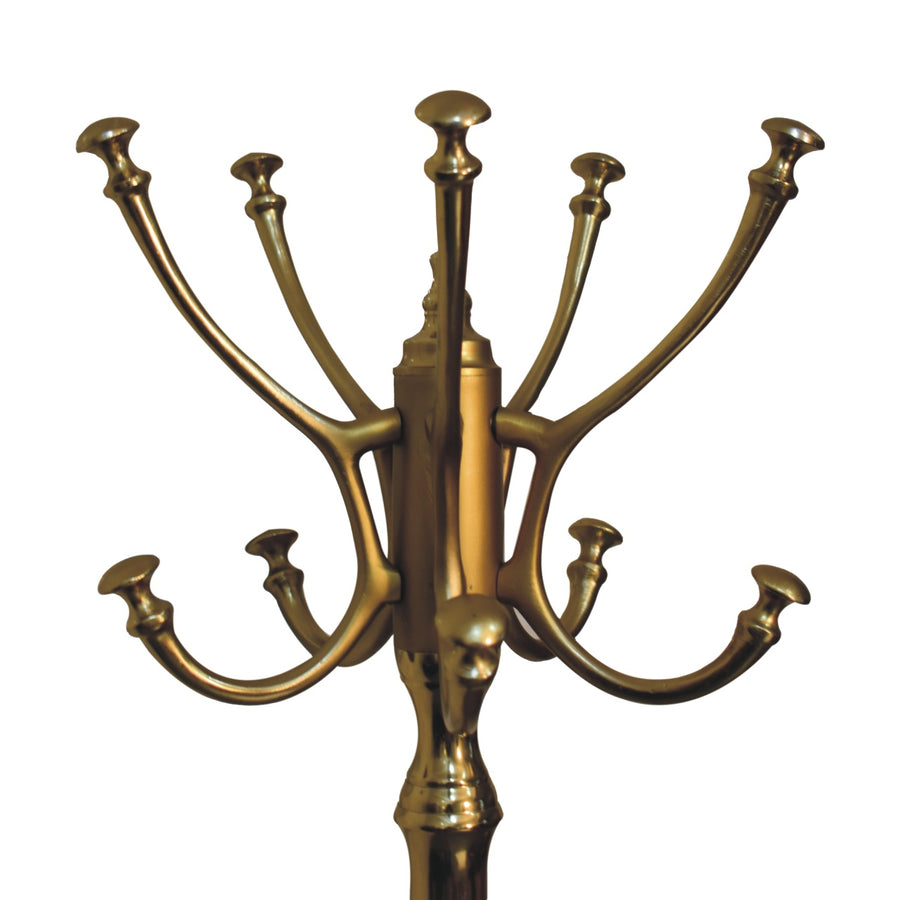
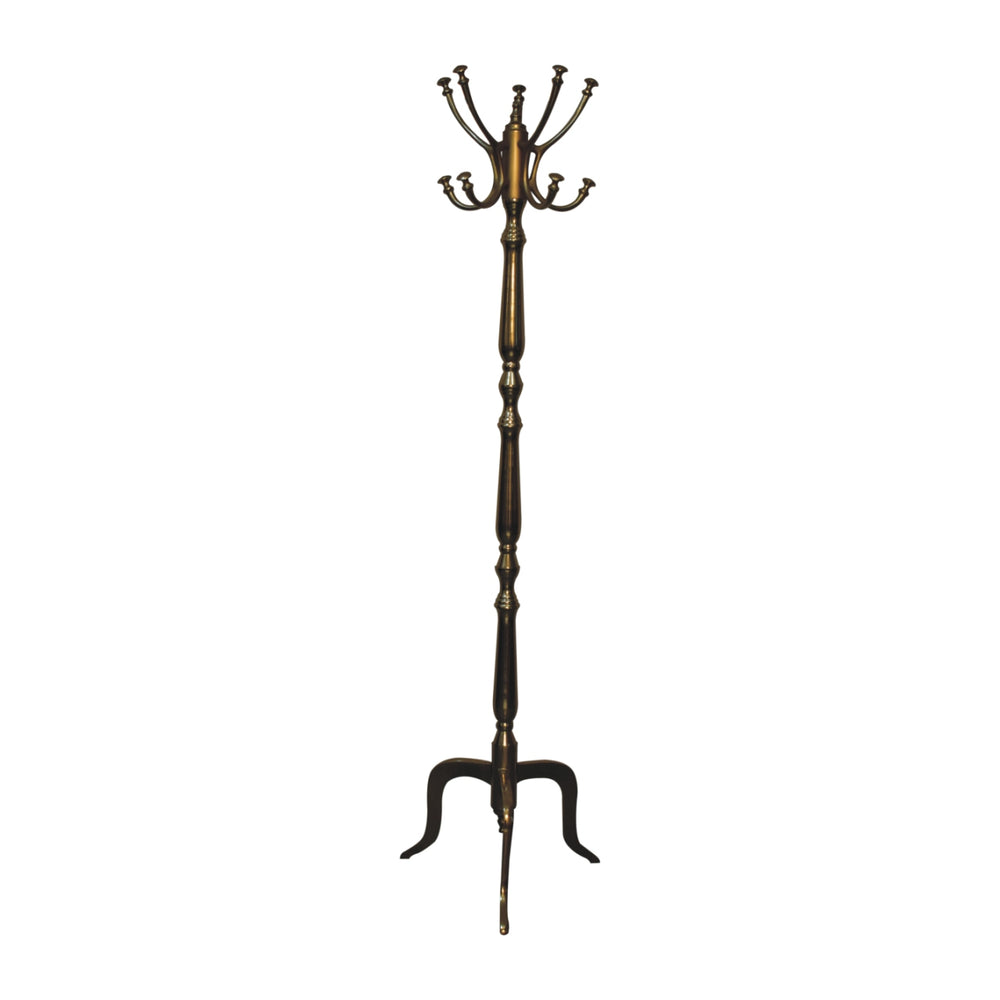
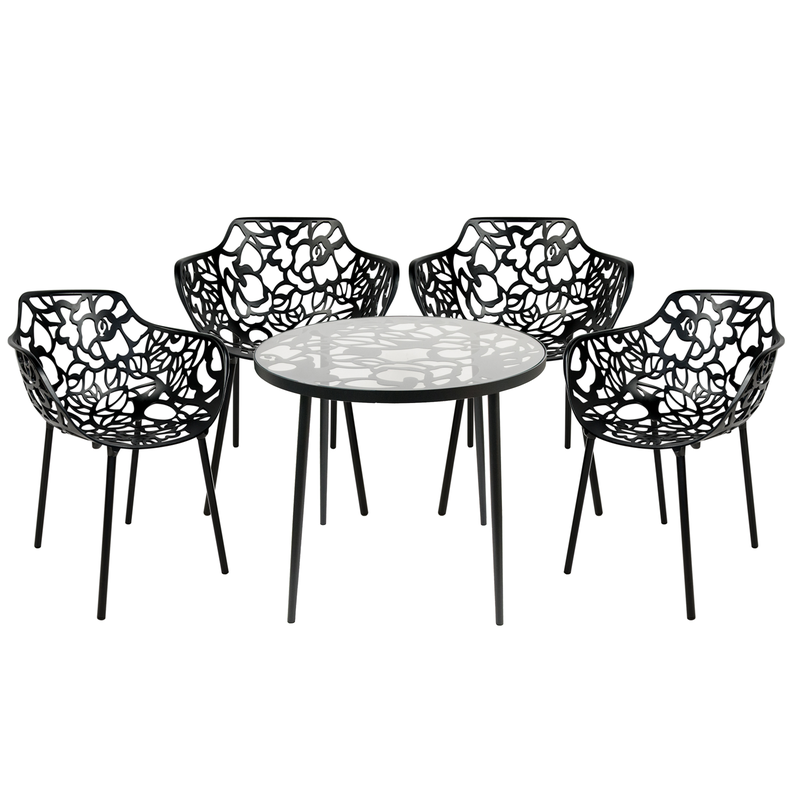
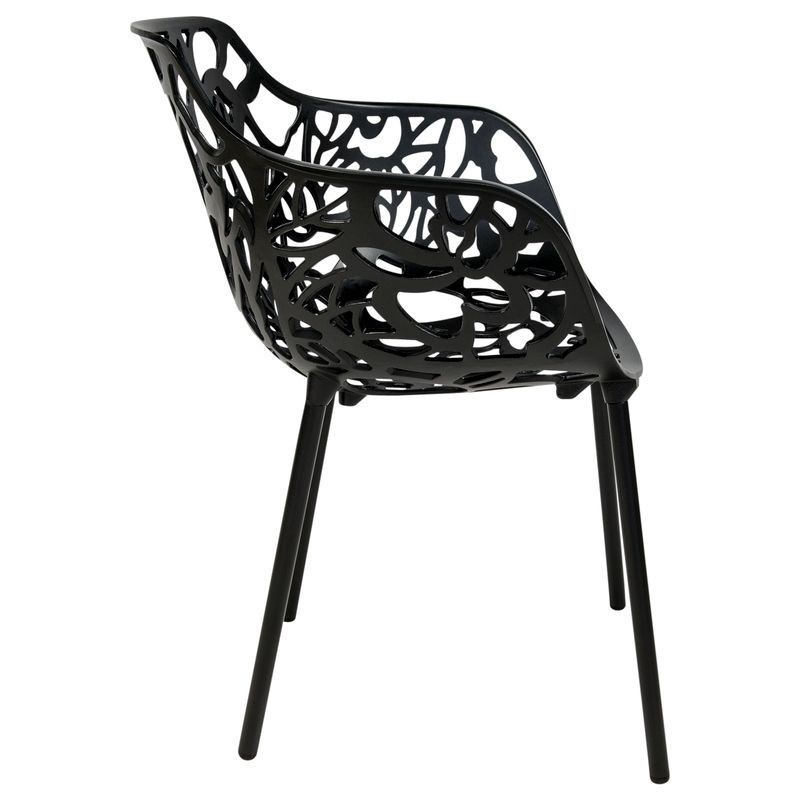




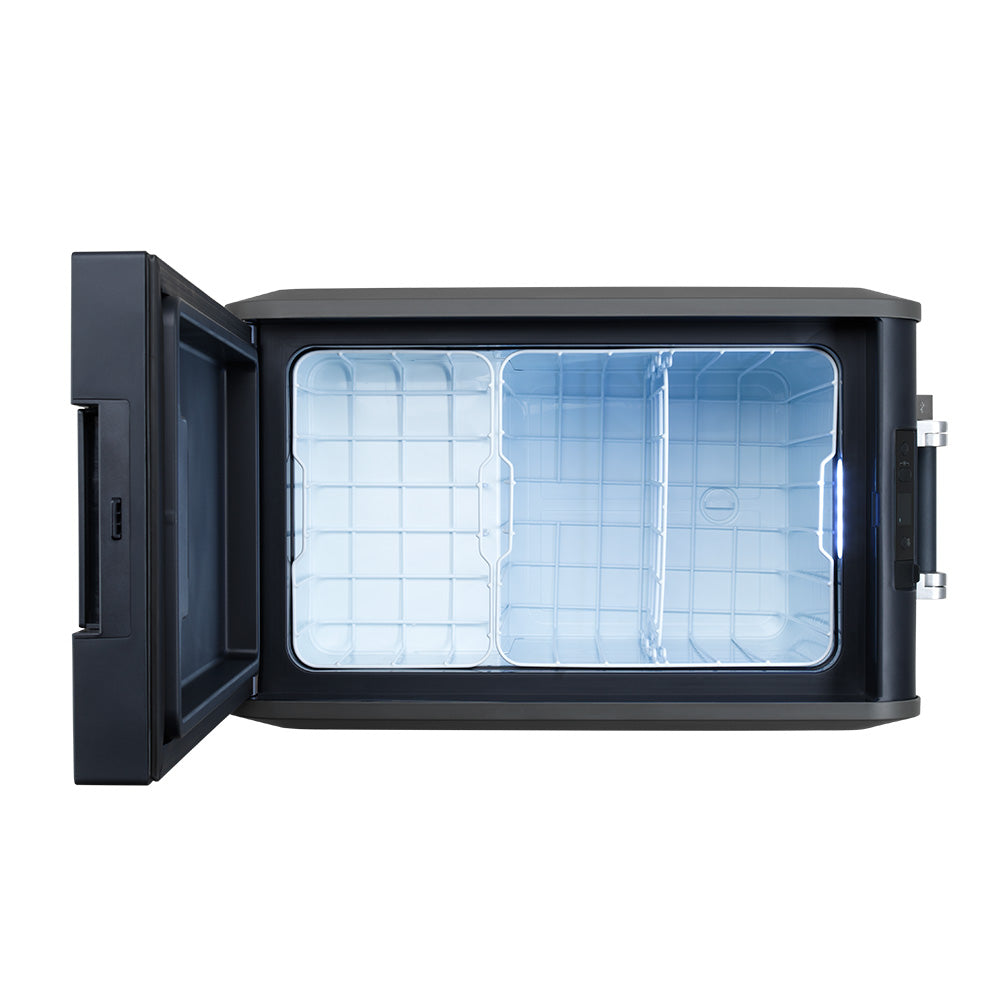
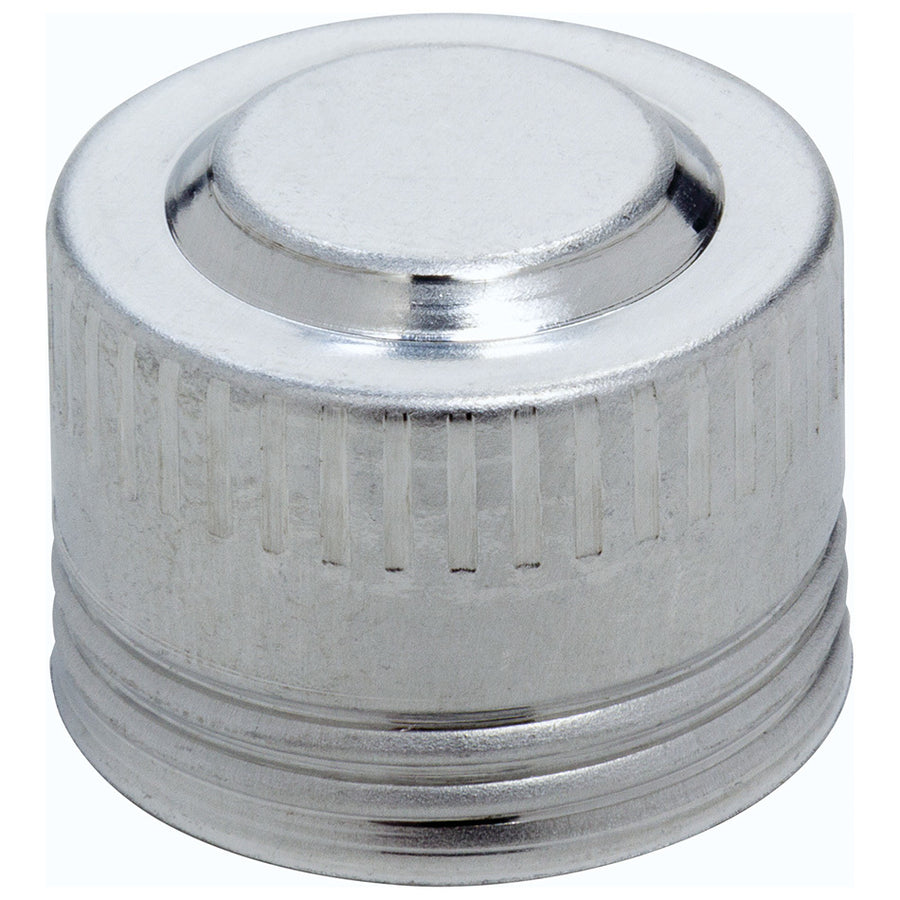
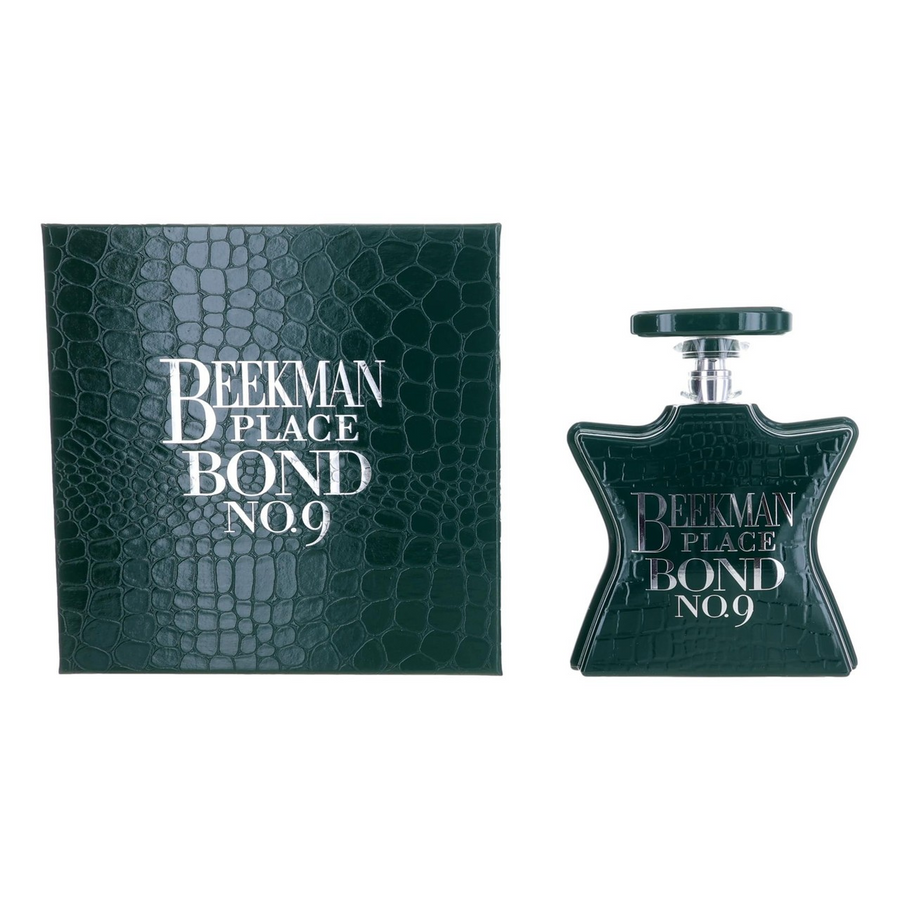

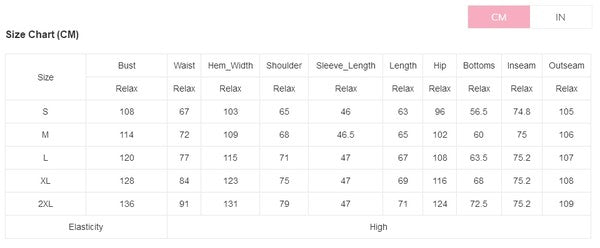






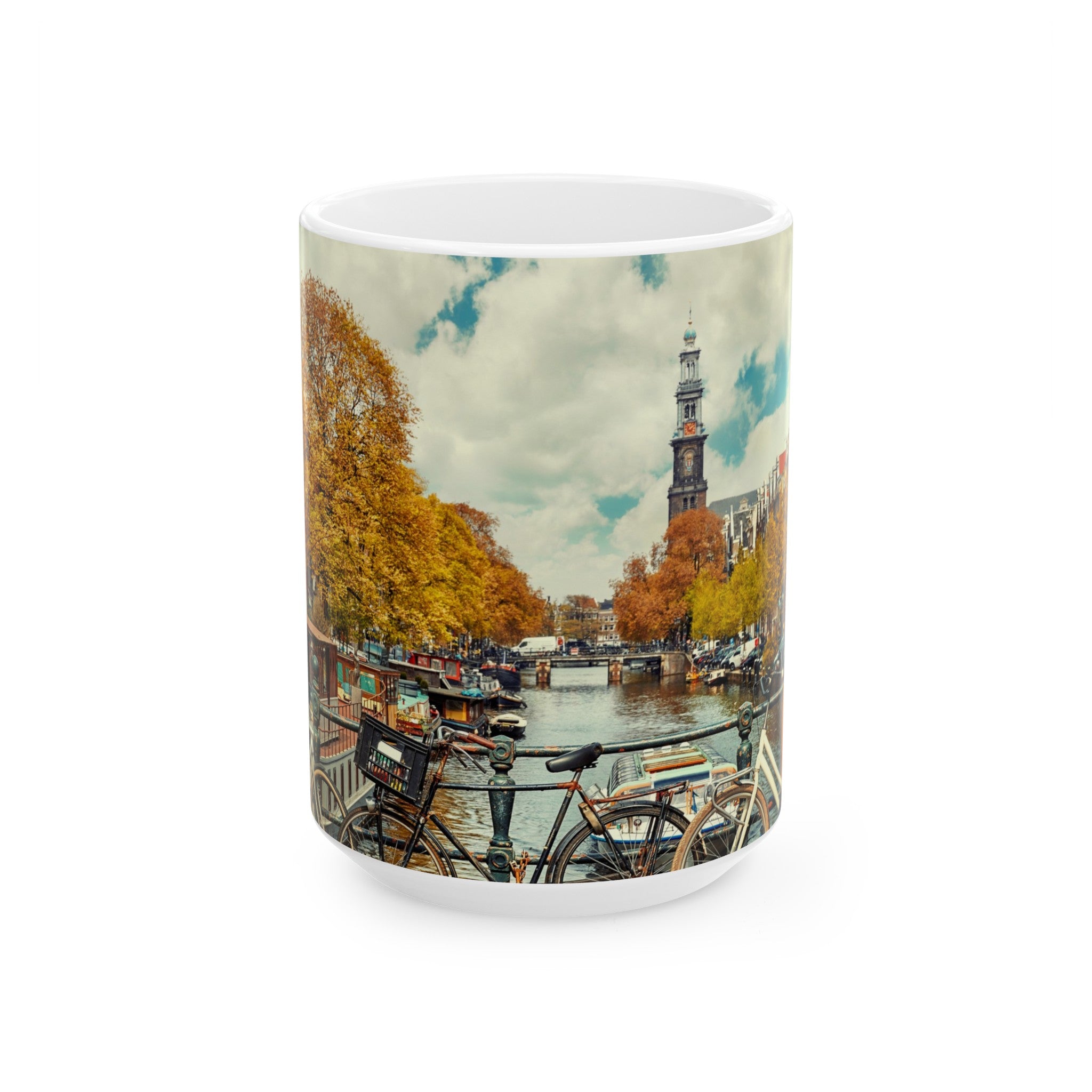
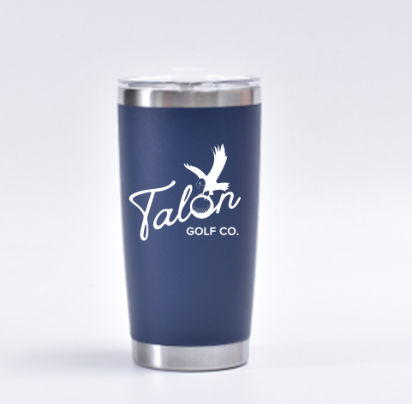


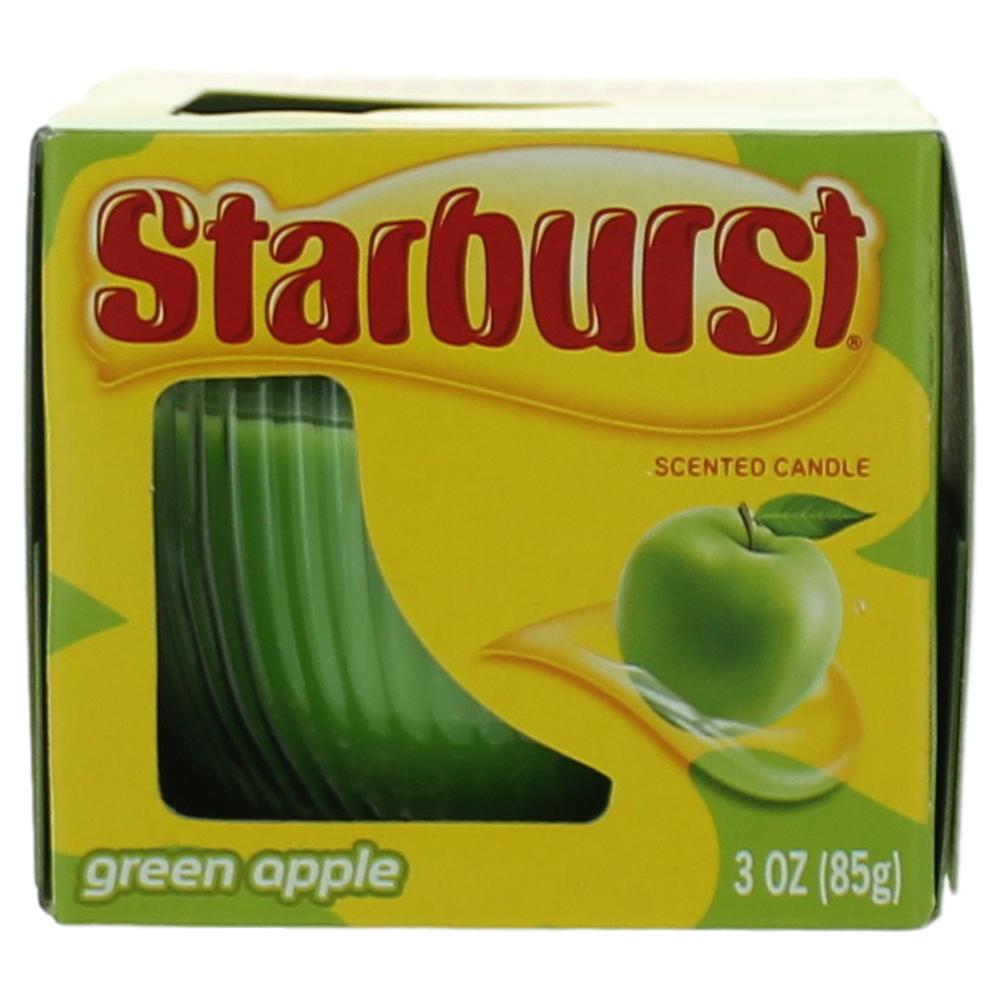
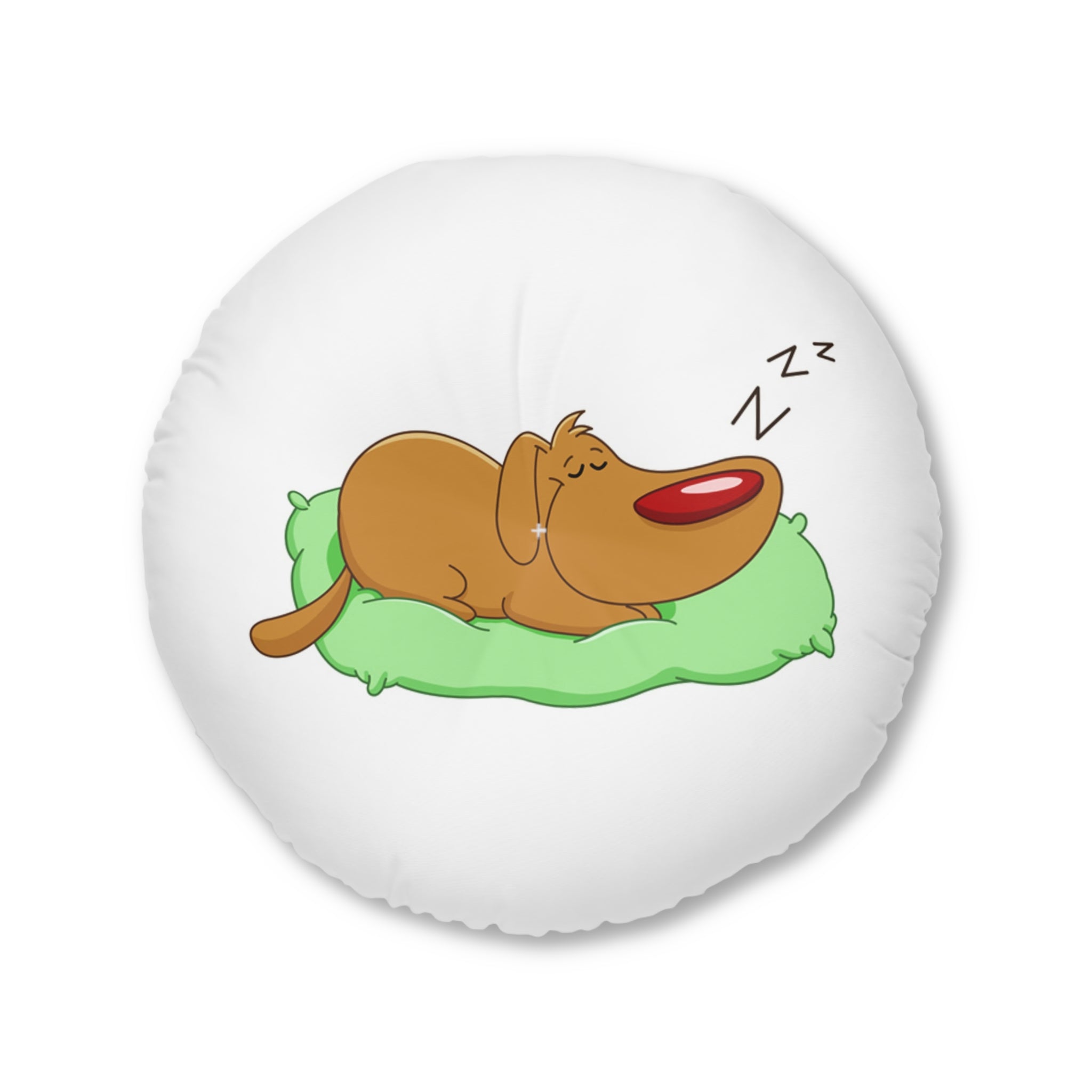

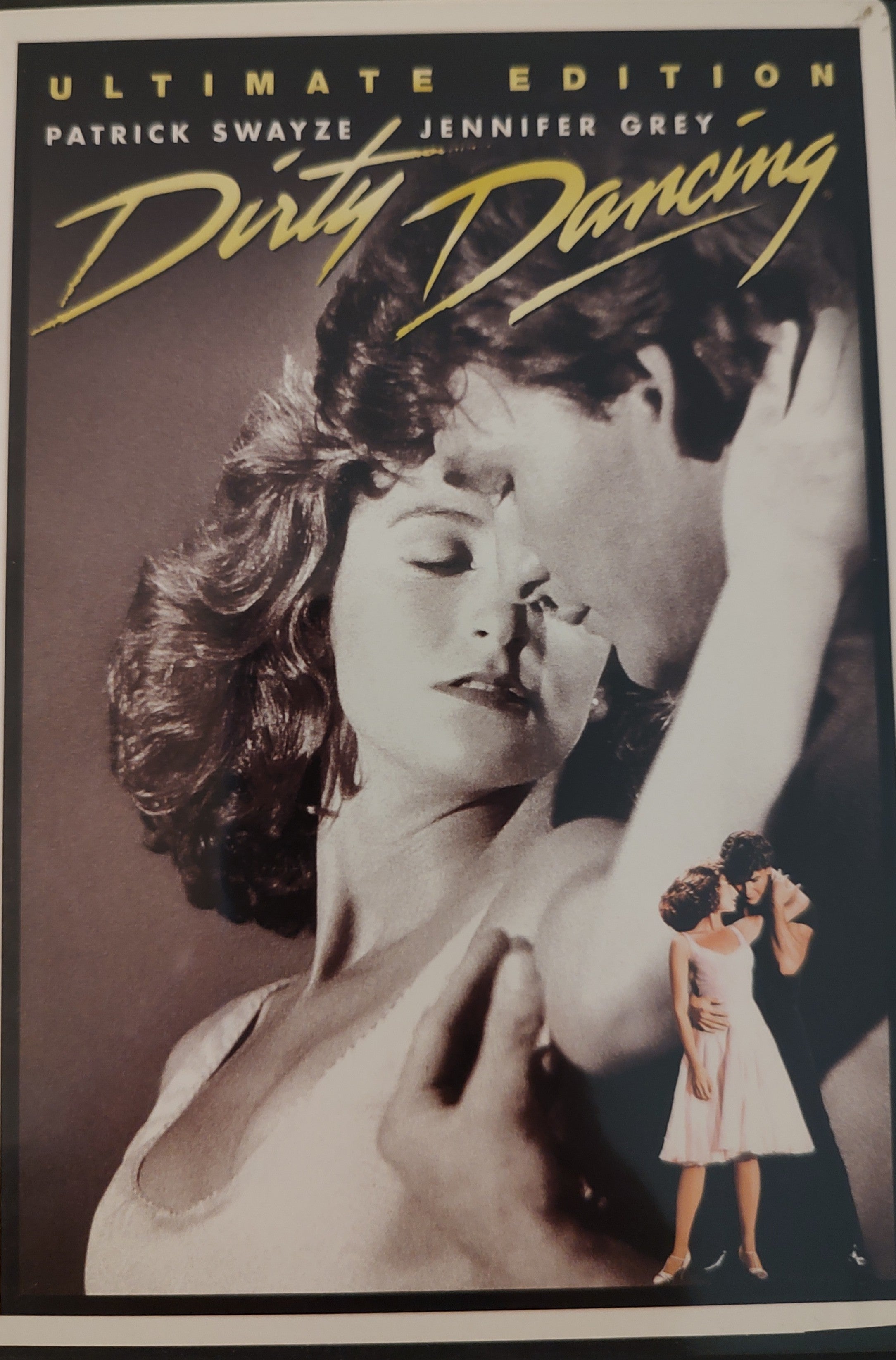
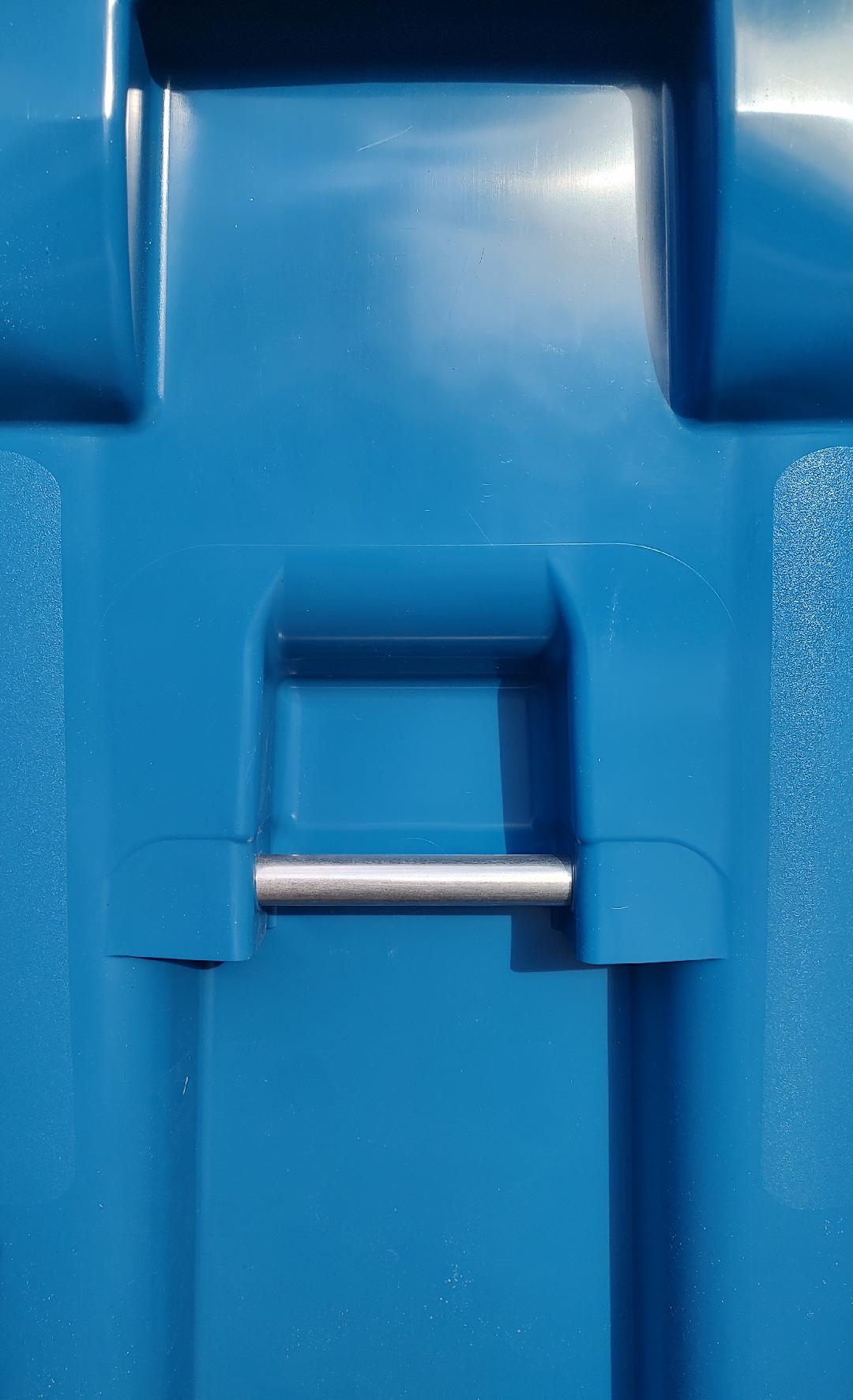






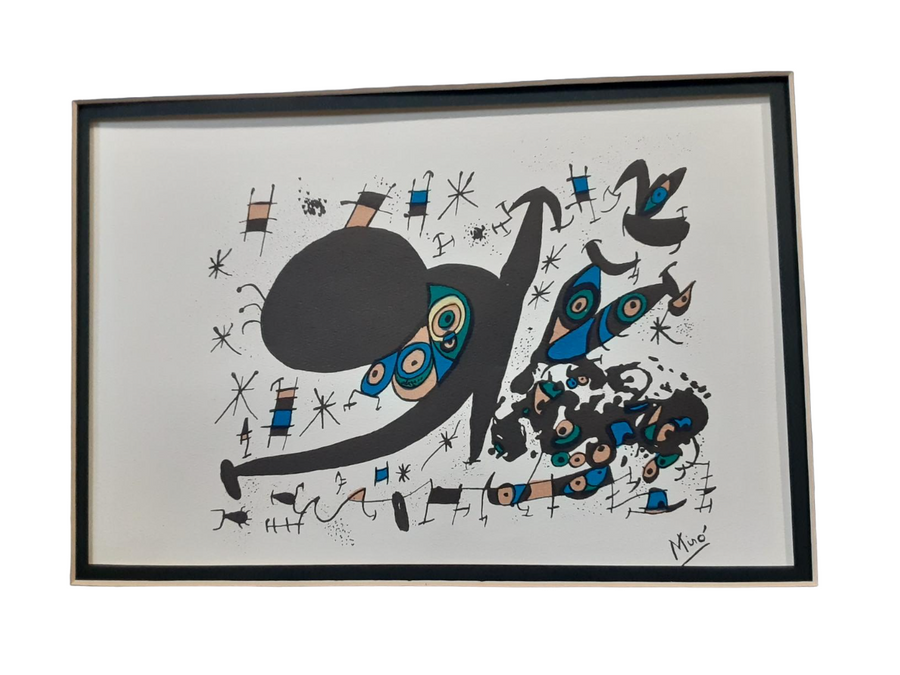

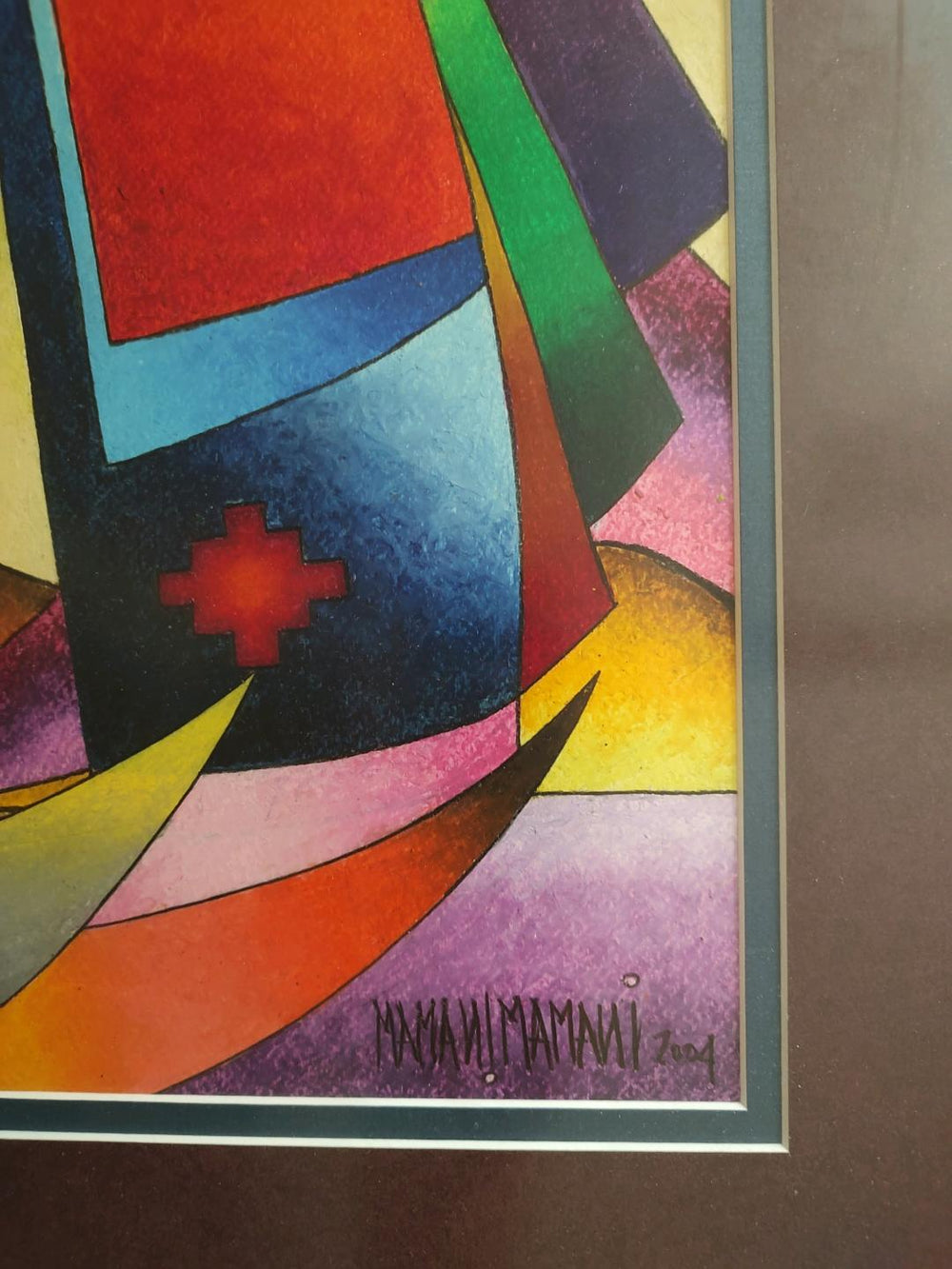

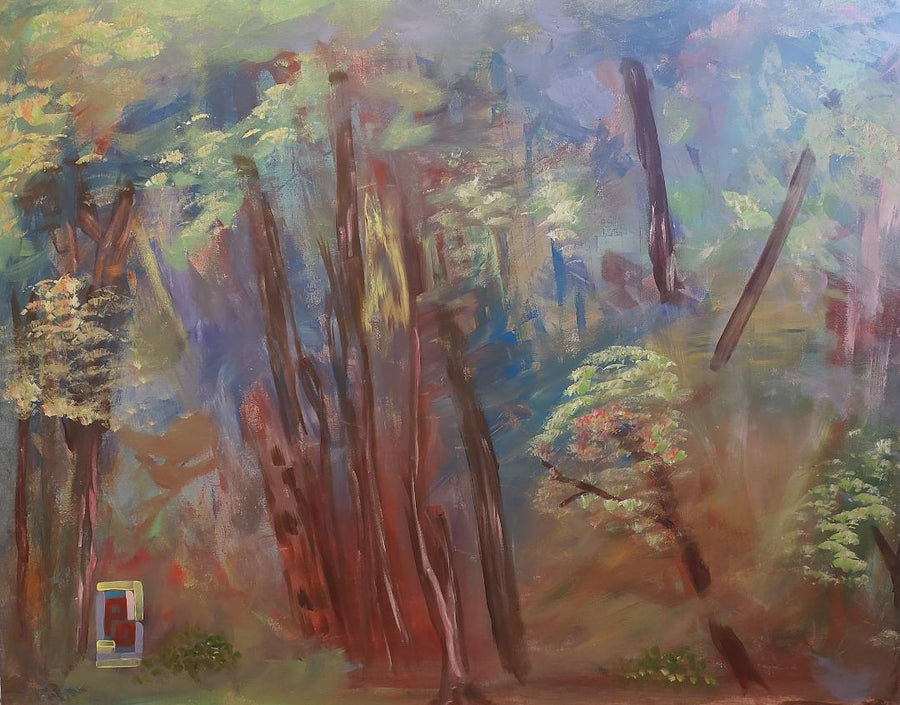
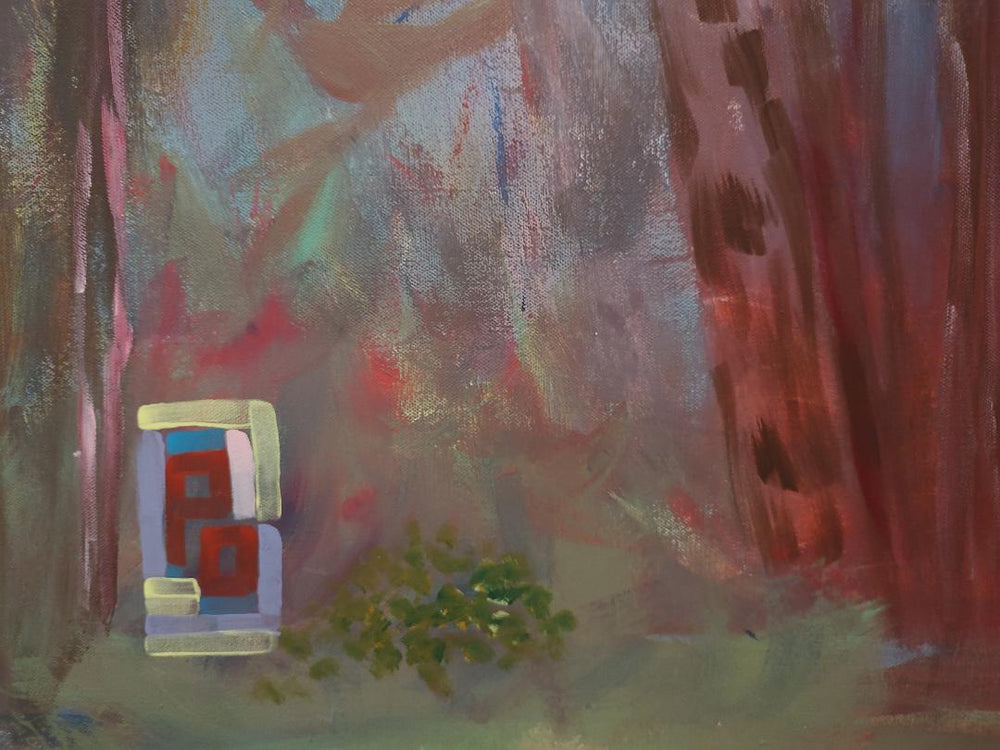
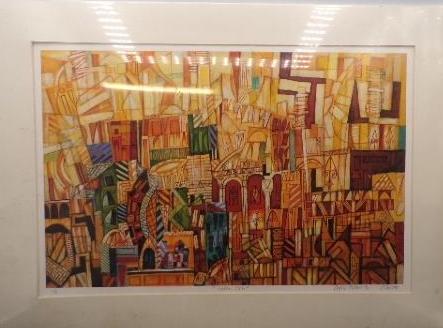
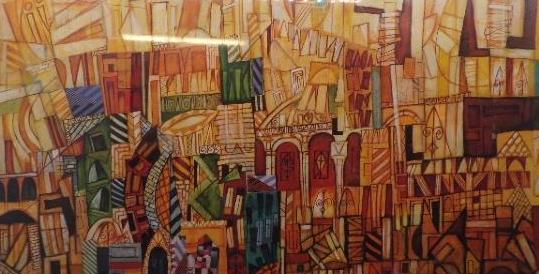
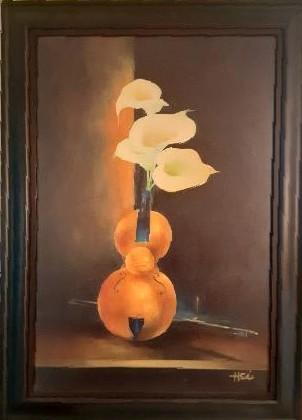
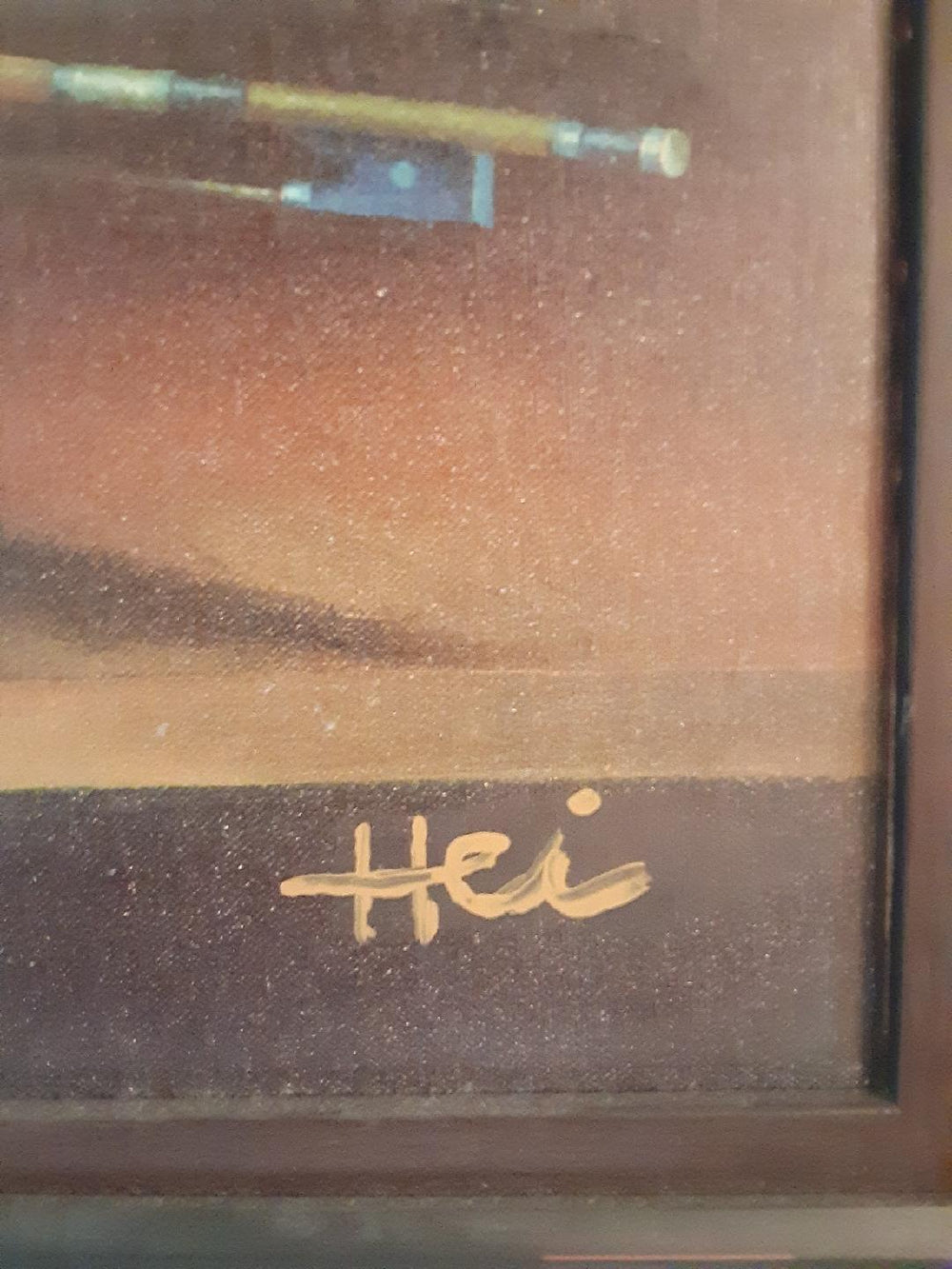
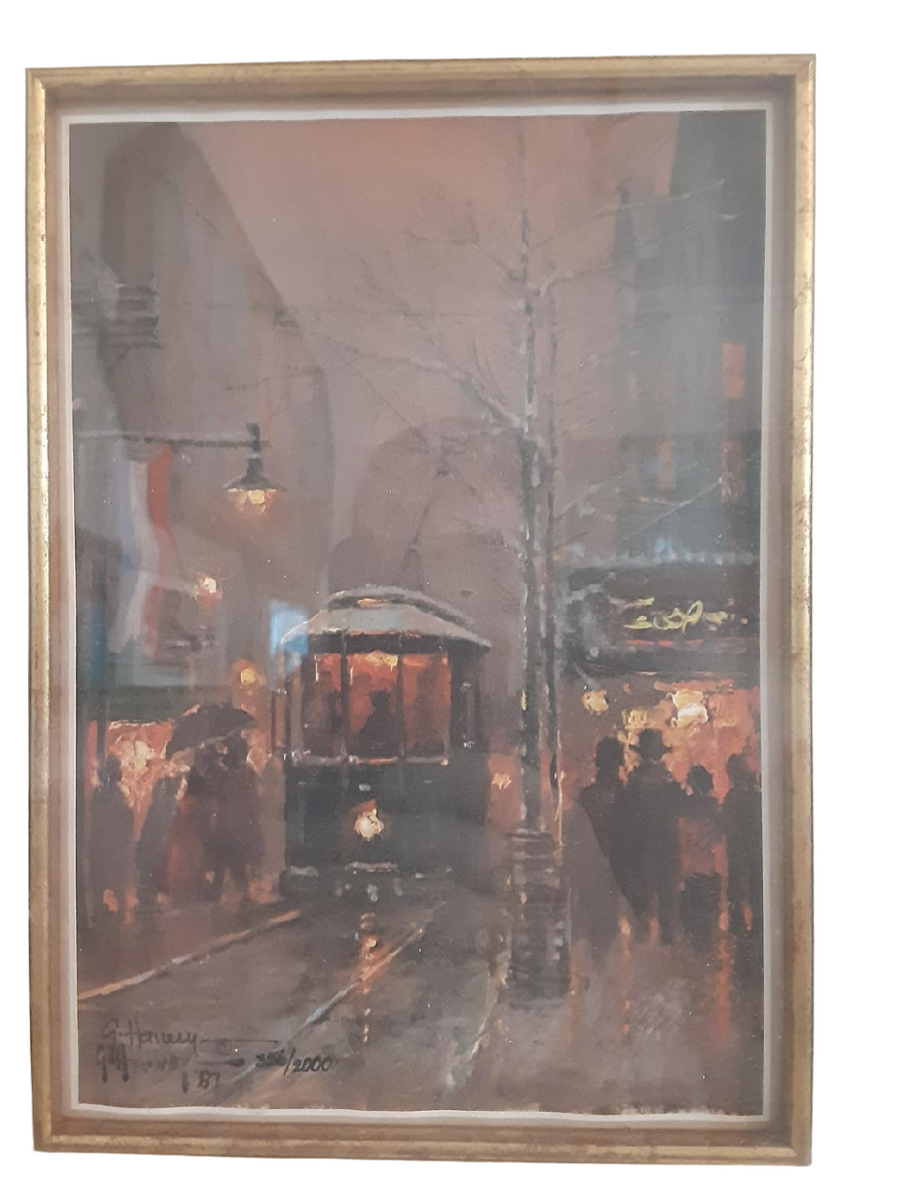
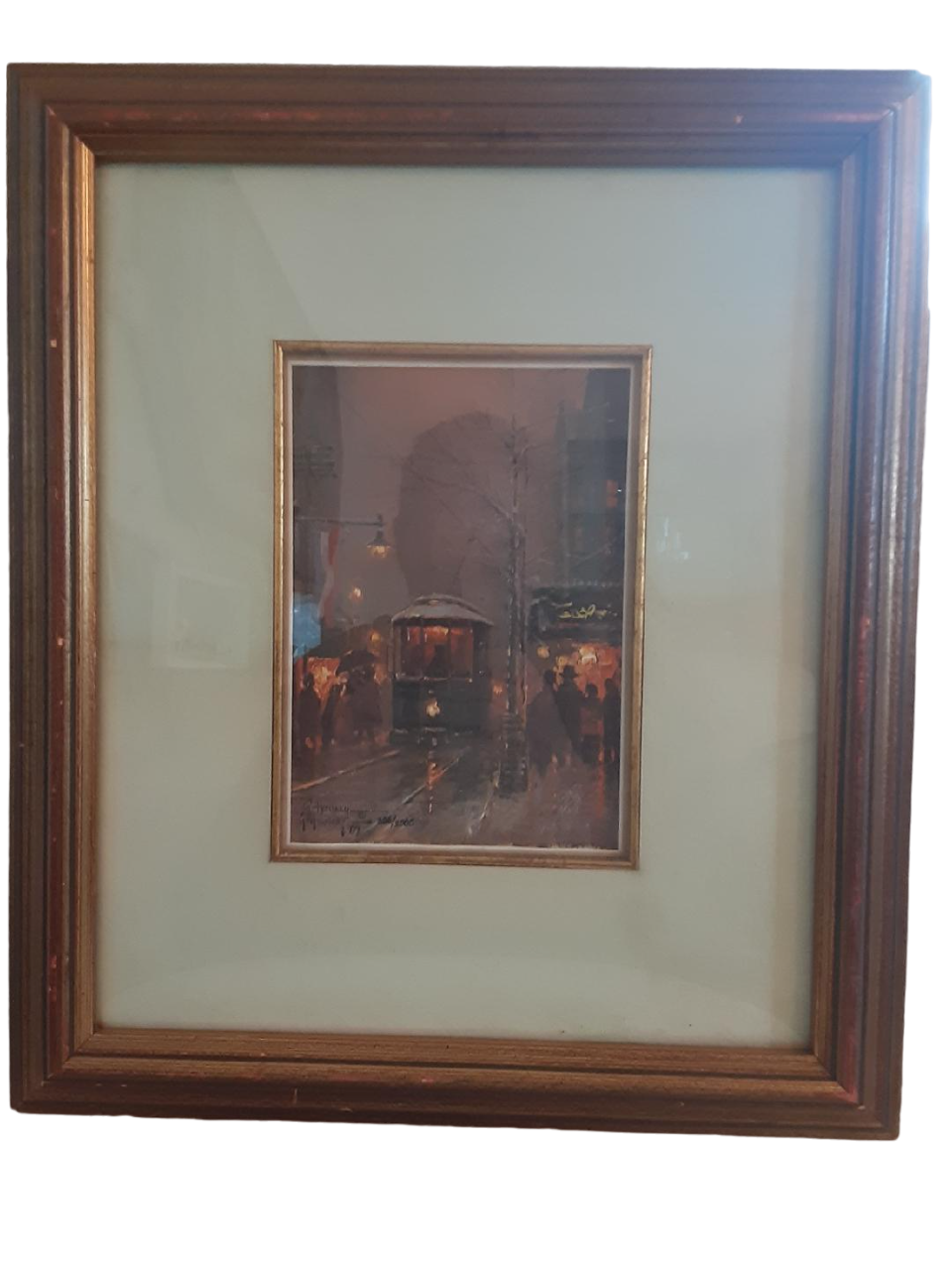
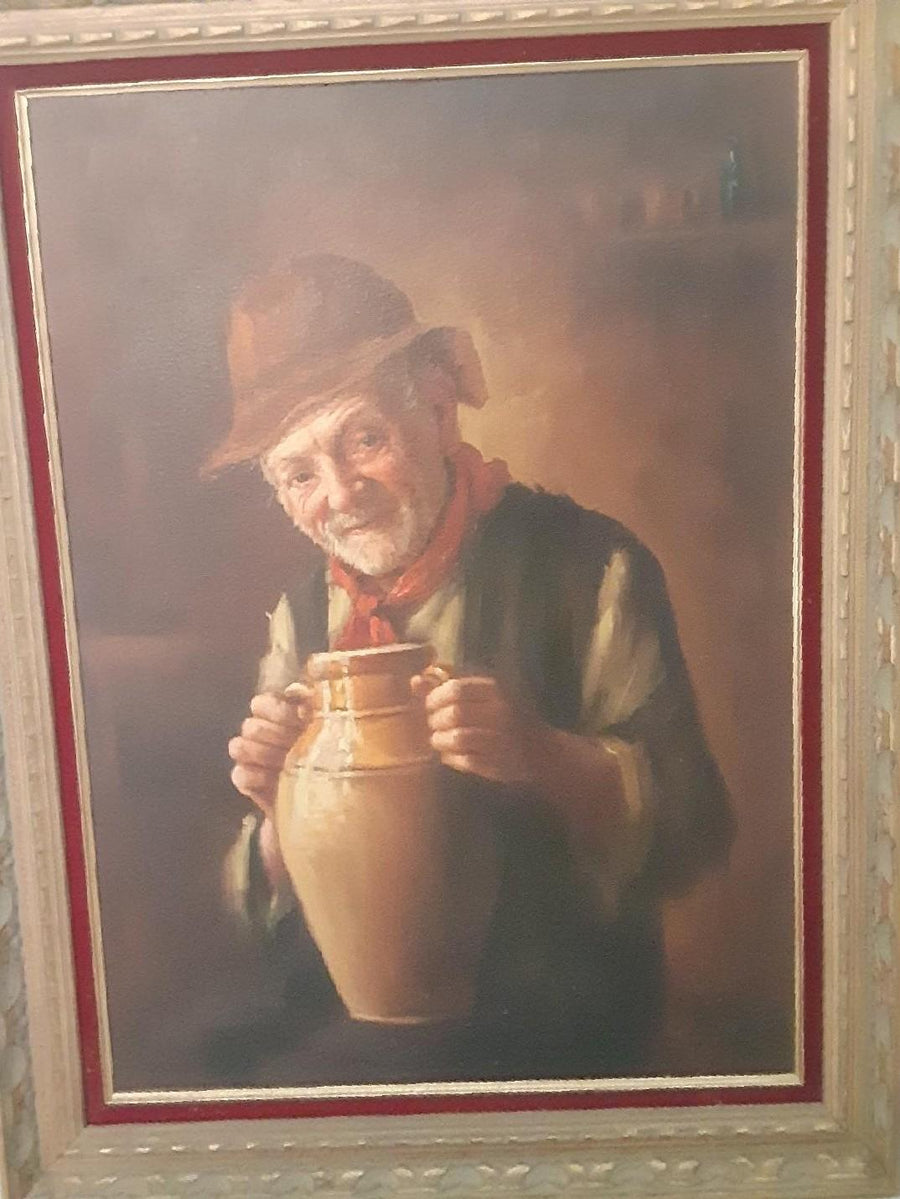
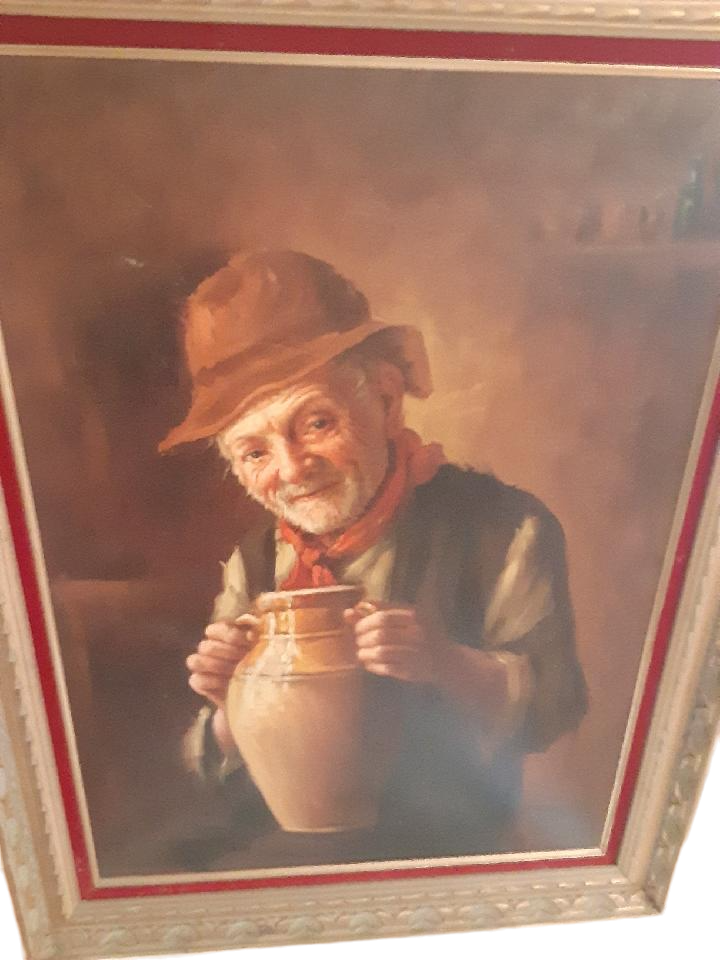
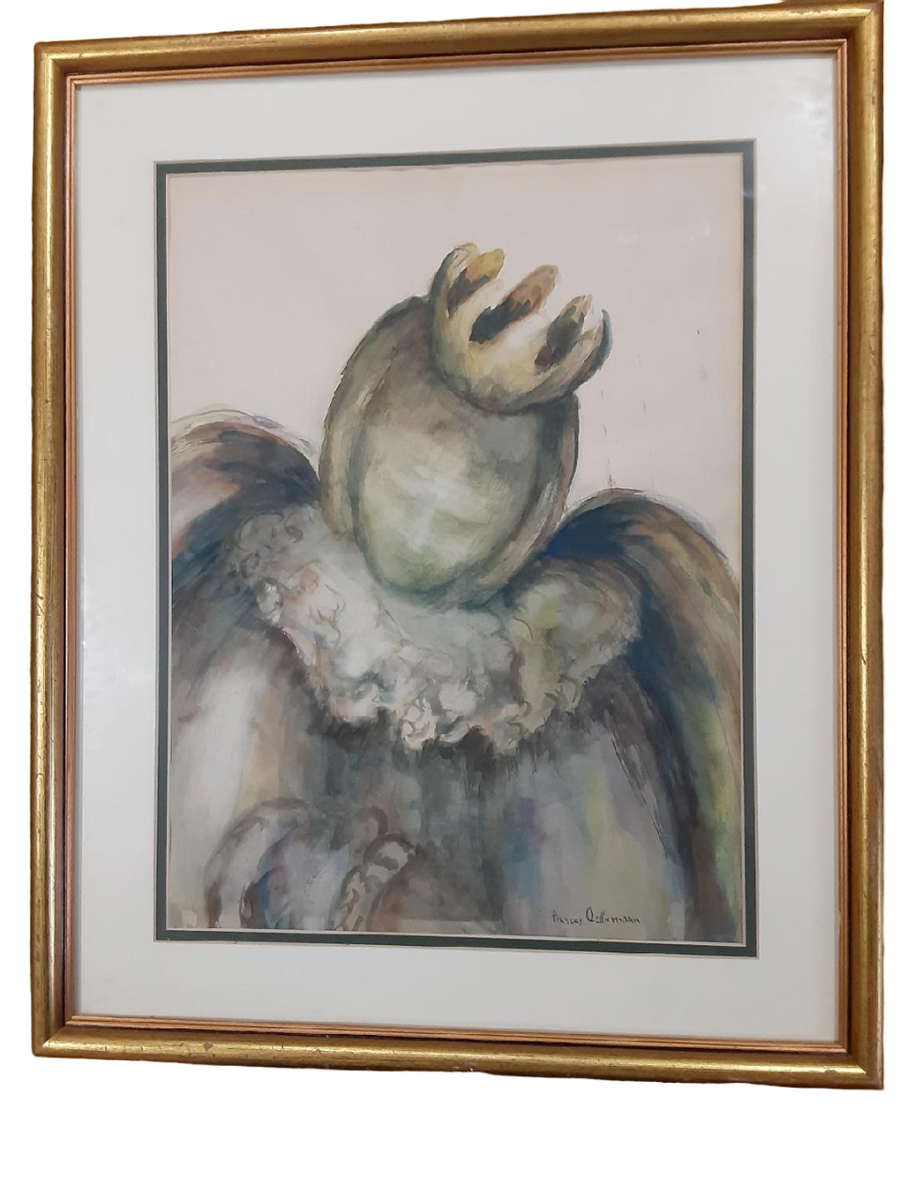
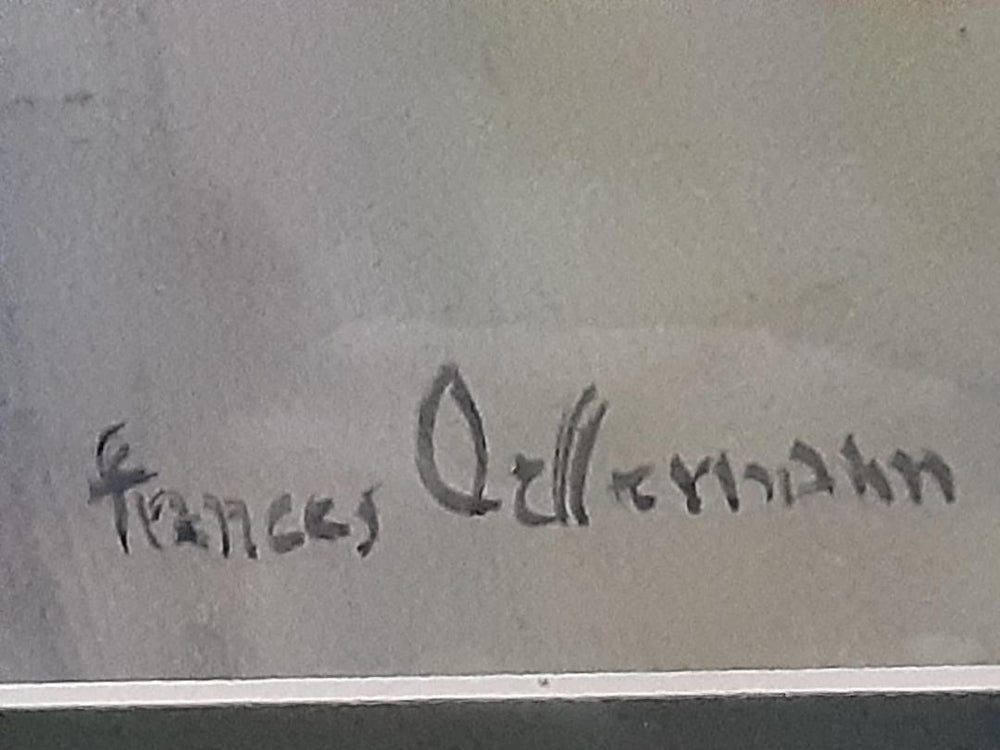
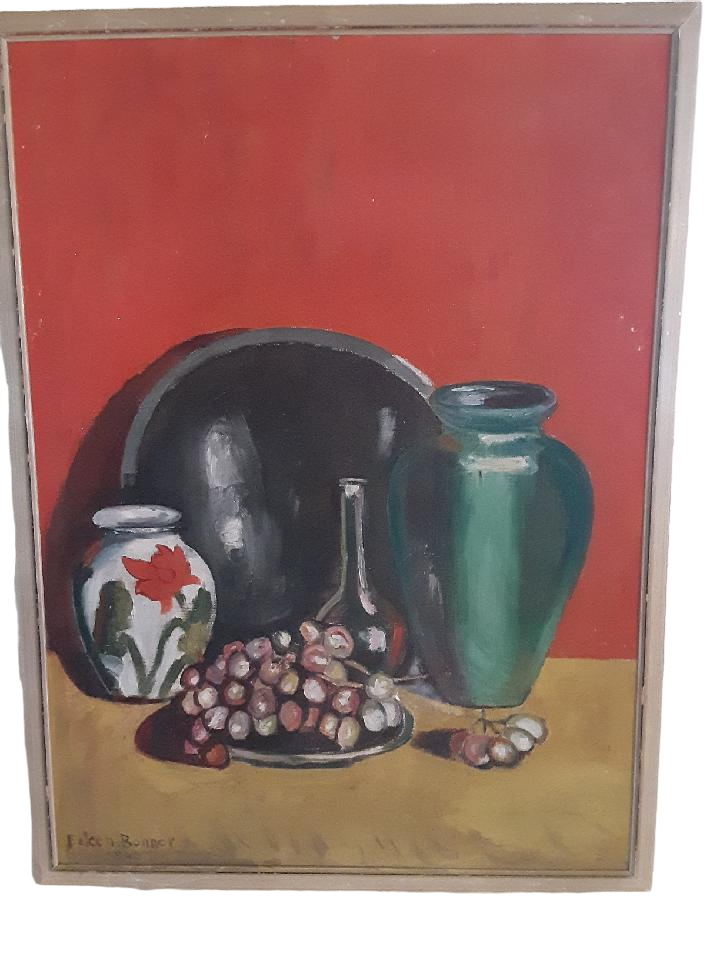
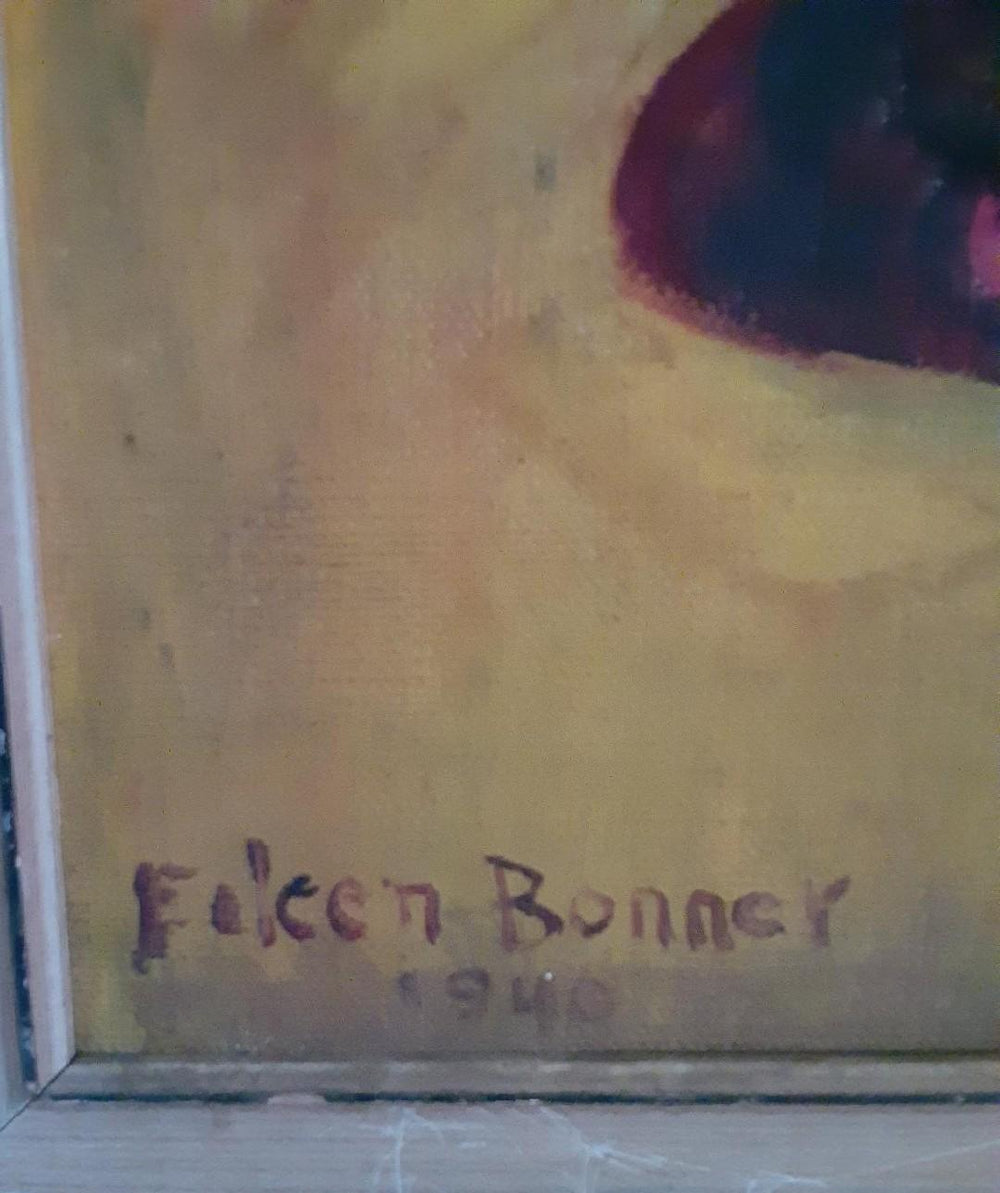
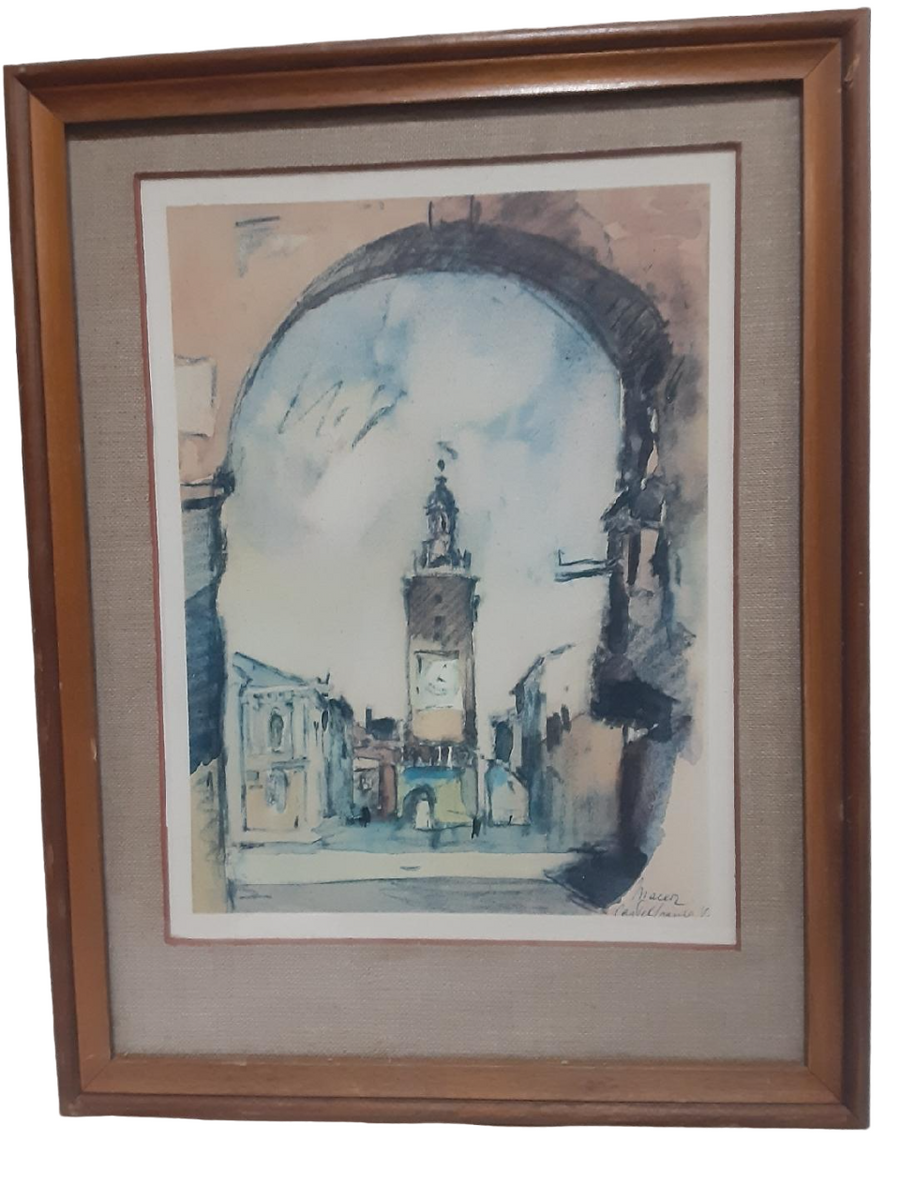
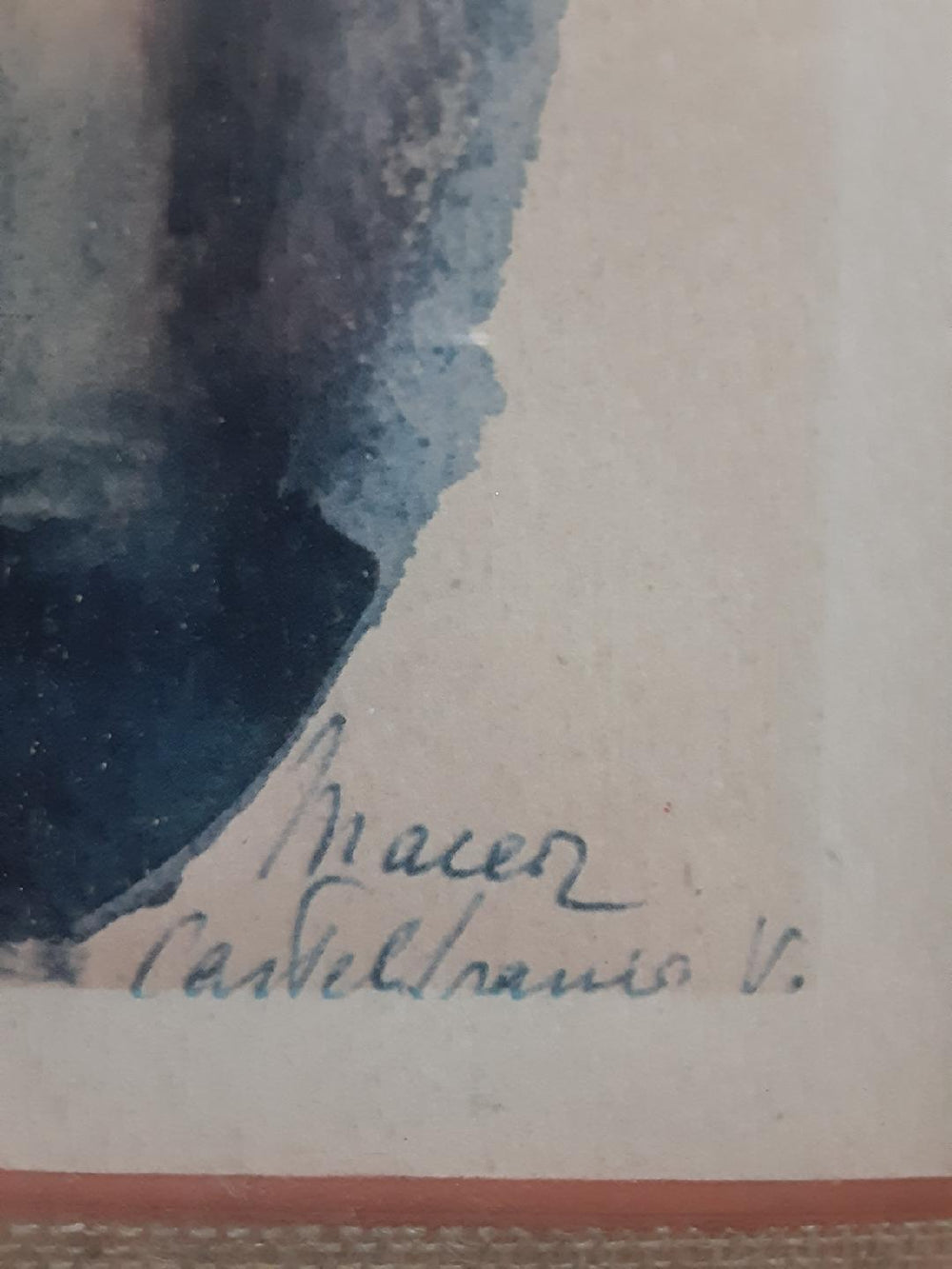
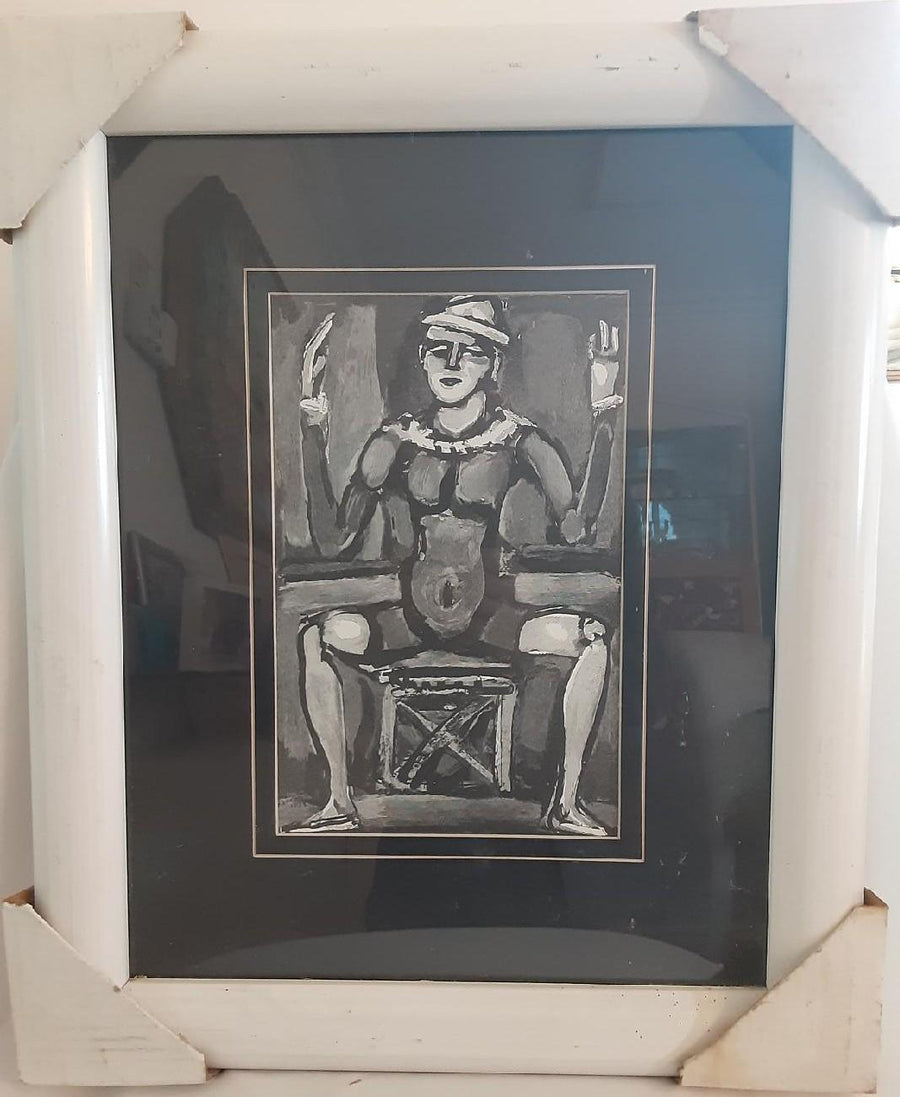
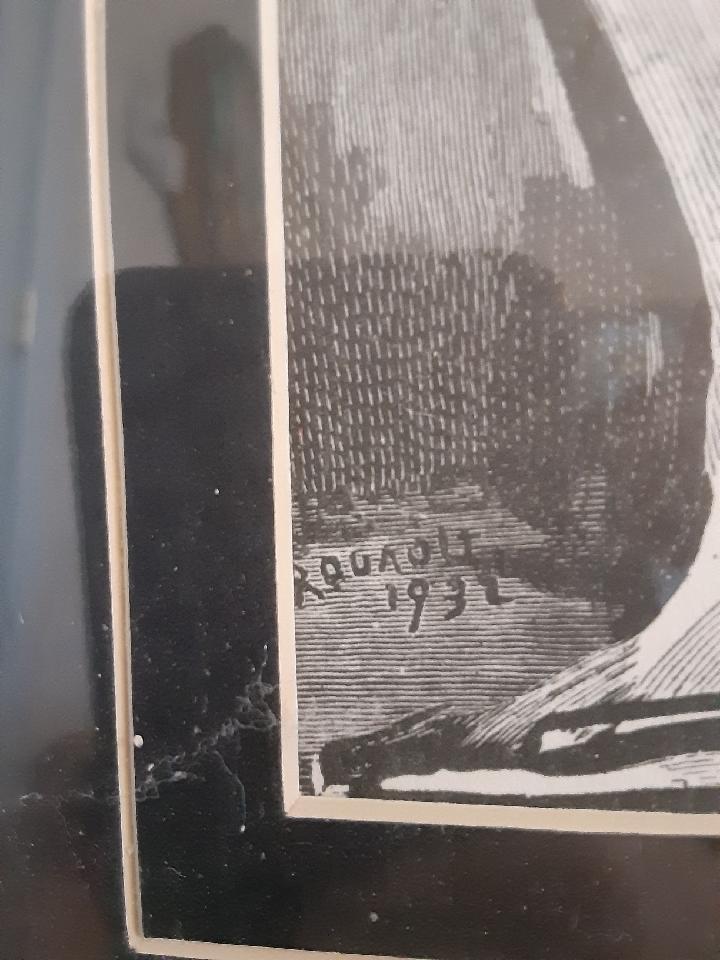



Leave a comment